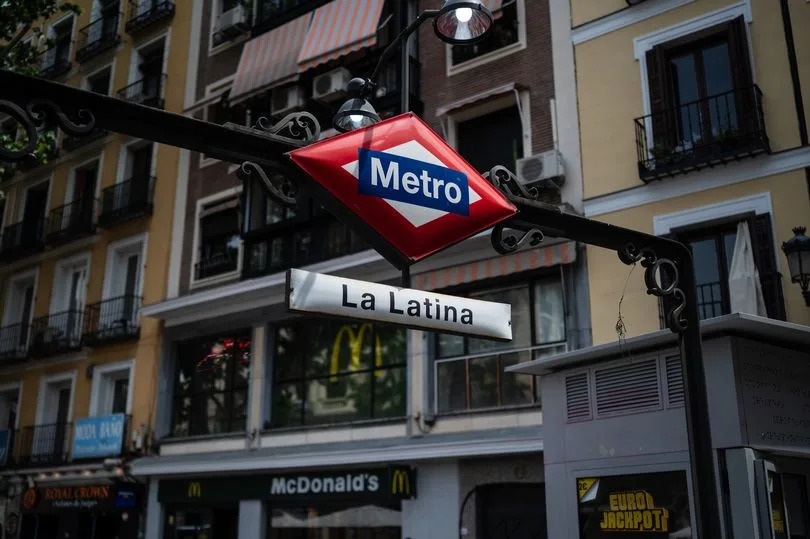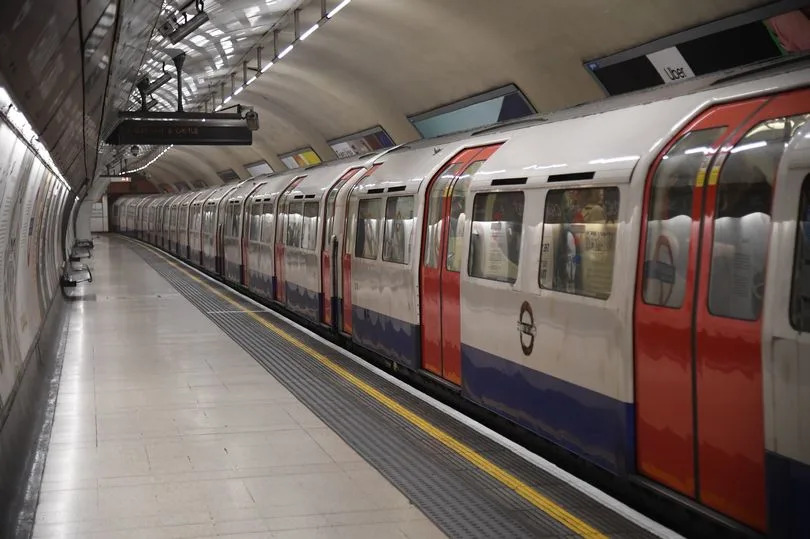Extortionate fares, frequent delays and cramped conditions are just some of the common gripes with travelling by train in the UK. But even the amount of money spent on building the railways themselves costs the Government a staggering 10x that of other European countries, with work sometimes taking place at a “glacial” pace, say experts.
London’s Jubilee Line Extension, running from Green Park to Stratford, cost a whopping £609 million per mile, making it one of the most expensive metros ever built, reports Work in Progress. The project cost nearly ten times more per mile than Madrid’s Metro extension which cost £64 million per mile.
The Spanish capital was able to triple the length of its metro system in just 12 years – faster and cheaper than almost any other city in the world. So, why is the UK’s rail infrastructure building lagging so far behind that of other European countries? And what more can be done to keep costs down and build faster? Well, the London Assembly discussed it this week – let’s dig in to what they said.
READ MORE: The barely used London Underground station that looks more like someone’s house
Why does building in the UK take so long?
La Latina Metro stop in Madrid, Spain. (Photo by: Nano Calvo/VWPics/Universal Images Group via Getty Images)
Madrid’s metro was built over three election cycles, using ring-fenced money which wasn’t touched throughout the full 15-year build, says Dr Alexander Budzier, CEO of Oxford Capital Projects. Ring-fenced funding is a government budget allocation that can’t be diverted to other projects, no matter which party is in power. It also used a simple standardised design to help keep costs lower.
In comparison, the UK has a lengthy planning and development process which can mean some projects take place throughout multiple elections and world events. These changes in government, as well as potential external factors, can mean the costs of building are likely to increase or cause the project to take longer.
Ben Hopkinson, Head of Housing and Infrastructure at the Centre for Policy Studies, said: “The longer a project is in flight the more likely it is that some global shock might affect it, so your Brexits, your Covids, your energy crises – so when you have a really long delivery timeline you’re more likely to have external shock which drives up the cost of construction.”
London’s Bakerloo line extension, which will extend the line from Elephant & Castle into the south east of the city, is one example of work happening at at a “glacial” speed, according to Hopkinson.
He said: “So if you go back to the Bakerloo line example … so the entire timeline [including initial planning] to build four-and-a- half miles of track is over 35 years; there are literally glaciers that move faster than that.”
The UK’s railway building can also be a little more short-sighted. Dr Budzier said that “limited sources” are often spent on “limited schemes” but then in ten years time “there’s nothing there.”
He added: “Funding constraints at the moment lead to a massive loss of talent so rather than keeping developing schemes or ideas for future projects in order to cut costs and meet the first budget, a lot of that engineering talent leaves the door and goes.”
What can be done to keep costs down and speed things up?
Empty Stations During Coronavirus.Charing Cross Tube Bakerloo Line 8.15 Very Quiet. 13-March-2020 (Photo by Jeremy Selwyn/Evening Standard via Getty Images)
“London will always be more expensive than the rest of the country…[but ]it is feasible,” said Dr Budzier. Goals to cut down costs by 20 percent may even be a little conservative to some.
Hopkinson added: “Only 20 percent is not nearly bold enough…there are a lot of ways we can learn from other countries …if we got closer to European average cost delivery it would be about 50 percent.”
Giving power back to the local government to approve, fund and manage projects can help get these completed within political cycles, meaning they are less likely to be changed by new governments.
Gareth Dennis, Railway engineer, speaker and writer said: “Treasury is just not wired to care about the things people on the ground care about; they have a different view of the way the country works to cities that have a much closer understanding of the fabric of communities and society.”
Transport for London could be bolder in its approach, he added. Buying out areas and using these as long-term assets for development will help bring back uplift which can help fund more projects which is “more in line with the Japanese model of rail infrastructure,” said Dennis.
The Mayor of London could also do more to push through projects, considering the level of regional political power London has, he says.
“London is head of the charge in terms of its developed power can assert more obviously there are political to and froing about what powers sit where but actually I think the mayor should be doing everything they can within powers given to them democratically and little bit of a gap now between doing what is being down and what could be done,” said Dennis.
Why This Matters
Rail infrastructure isn’t just about getting from A to B – it’s the backbone of a modern, connected economy. When projects take decades and cost far more than necessary, the consequences ripple out: housing developments stall, commuter routes stay congested, and billions in public money is diverted away from other essential services. Understanding why the UK falls behind on rail delivery helps citizens and policymakers push for smarter planning, greater transparency, and long-term investment that benefits everyone.
Got a story? Please get in touch at katherine.gray@reachplc.com
Stay updated on the latest travel news for London’s roads with our London Traffic and Travel newsletter. Sign up HERE!
